Disunited in their entity or the results from the European council
Adelina Marini, June 21, 2009
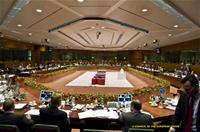 6 months after he came in office, president Barack Obama already announced his latest plan, of at least 5 (related to the financial an economic crisis), for a new financial architecture in the US and the EU managed on Friday to reach an agreement on the Commission communication fr a new form of pan-European supervision and regulation, though quite cut off its initial ideas in a way that now the word pan-European is only part of the title. Beside this, the plan would enter into force as early as next year. In their conclusions the EU leaders clearly identify the problems by saying: "The financial crisis has clearly demonstrated the need to improve the regulation and supervision of financial institutions, both in Europe and globally. Addressing the failures exposed by the present crisis will contribute to preventing future ones. It will also help restore confidence in the financial system, in particular by enhancing the protection of depositors and consumers, and will thus facilitate the recovery of the European economy".
6 months after he came in office, president Barack Obama already announced his latest plan, of at least 5 (related to the financial an economic crisis), for a new financial architecture in the US and the EU managed on Friday to reach an agreement on the Commission communication fr a new form of pan-European supervision and regulation, though quite cut off its initial ideas in a way that now the word pan-European is only part of the title. Beside this, the plan would enter into force as early as next year. In their conclusions the EU leaders clearly identify the problems by saying: "The financial crisis has clearly demonstrated the need to improve the regulation and supervision of financial institutions, both in Europe and globally. Addressing the failures exposed by the present crisis will contribute to preventing future ones. It will also help restore confidence in the financial system, in particular by enhancing the protection of depositors and consumers, and will thus facilitate the recovery of the European economy".
After the right diagnosis is put, what cure did the EU leaders decided to apply? They reported that some of the measures, applied so far, have given result with regard to the improvement of the 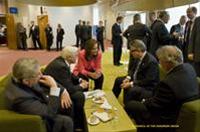 regulatory framework of the EU like the Capital Requirements Directive, the Credit Rating Agencies Regulation and the Solvency II Directive which were recently approved. But as there is a need for further tightening of control, the European council supported the creation of a European Systemic Risk Board (ESRB) which will monitor and assess potential threats to financial stability and, where necessary, issue risk warnings and recommendations for action and monitor their implementation. The leaders have also decided that the members of the General Council of the ECB will elect the
regulatory framework of the EU like the Capital Requirements Directive, the Credit Rating Agencies Regulation and the Solvency II Directive which were recently approved. But as there is a need for further tightening of control, the European council supported the creation of a European Systemic Risk Board (ESRB) which will monitor and assess potential threats to financial stability and, where necessary, issue risk warnings and recommendations for action and monitor their implementation. The leaders have also decided that the members of the General Council of the ECB will elect the
chair of the ESRB which was a question of disputes among the EU leaders.
With regard to the second pillar of the communication for pan-European regulation and supervision, the leaders recommended the creation of a European System of Financial Supervisors,
comprising three new European Supervisory Authorities (ESA), but underlines that the decisions taken by the ESA should not impinge in any way on the fiscal responsibilities of Member States. This is exactly what cuts off the initial idea because there is no way to guarantee that the measures taken in one member state would not be in conflict with the measures taken in another/others (protectionism, for example). What the ESA would be doing would be to have binding and proportionate decision-making powers in respect of whether supervisors are meeting their requirements under a single rule book and relevant Community law and in the case of disagreement between the home and host state supervisors, including within colleges of supervisors.
The European Council also called on the Commission to work out until September the framework for cross-border for the prevention and management of financial crises. The idea is the new financial architecture to come into force in 2010.
 This, practically, would mean certain changes in the national legislation. As the Bulgarian deputy prime minister and foreign minister Ivaylo Kalfin explained, answering a question of euinside, "the purpose is to guarantee that there will not be any loss of information about the situation of the financial institutions. The creation of this common financial supervision leads to the creation of common rules and maximum transparency. If we want 1 daughter bank of a large European to work well in Bulgaria, it needs to be regulated together with the main European bank. This would strengthen confidence in the financial sector and would diminish significantly the possibilities for a repeat of the crisis. Maybe there would be some changes in the national legislation", Ivaylo Kalfin added.
This, practically, would mean certain changes in the national legislation. As the Bulgarian deputy prime minister and foreign minister Ivaylo Kalfin explained, answering a question of euinside, "the purpose is to guarantee that there will not be any loss of information about the situation of the financial institutions. The creation of this common financial supervision leads to the creation of common rules and maximum transparency. If we want 1 daughter bank of a large European to work well in Bulgaria, it needs to be regulated together with the main European bank. This would strengthen confidence in the financial sector and would diminish significantly the possibilities for a repeat of the crisis. Maybe there would be some changes in the national legislation", Ivaylo Kalfin added.
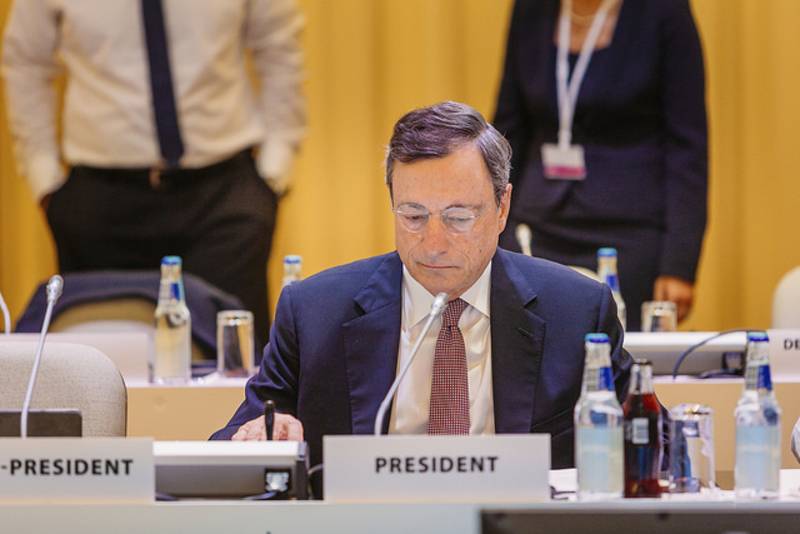 Mario Draghi | © ECB
Mario Draghi | © ECB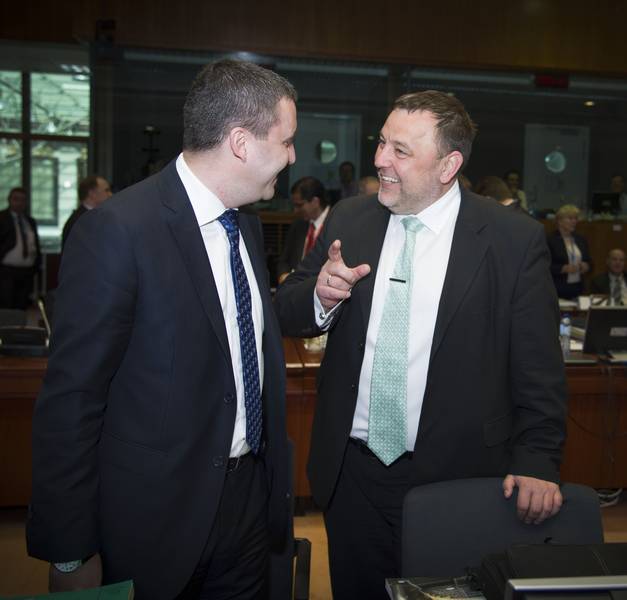 Vladislav Goranov, Sven Sester | © Council of the EU
Vladislav Goranov, Sven Sester | © Council of the EU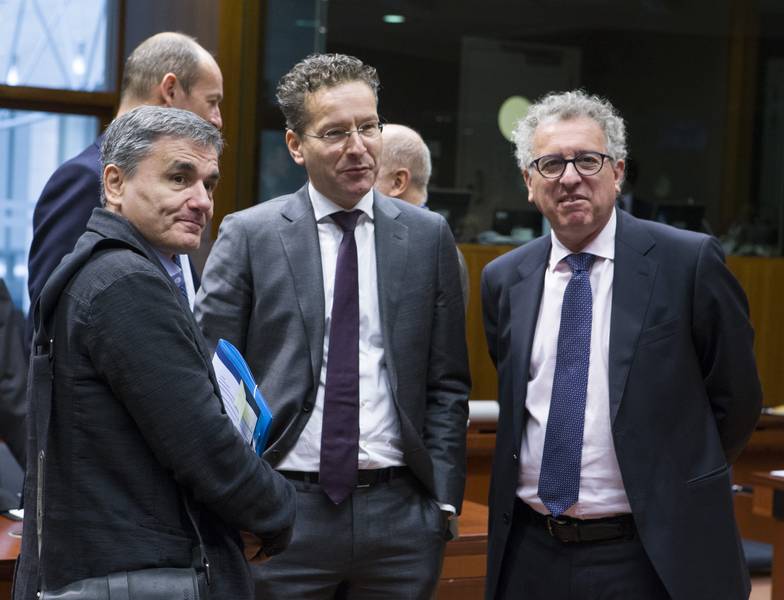 Tsakalotos, Djisselbloem, Gramegna | © Council of the EU
Tsakalotos, Djisselbloem, Gramegna | © Council of the EU